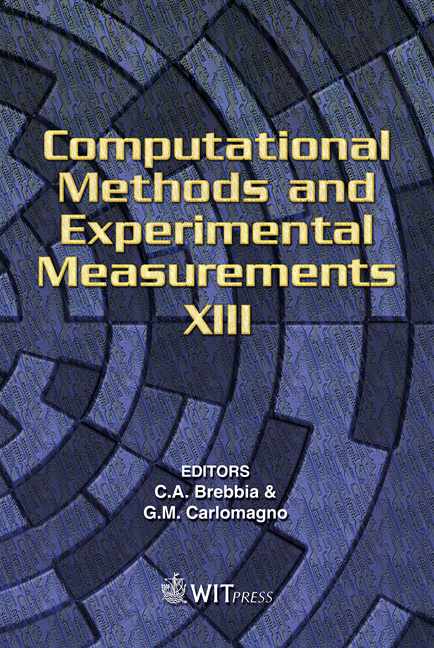Elastic-plastic Simulation Of Plate With A Blunt Slit Subjected To Uni-axial Tension
Price
Free (open access)
Transaction
Volume
46
Pages
9
Published
2007
Size
887 kb
Paper DOI
10.2495/CMEM070531
Copyright
WIT Press
Author(s)
S. Ohtaki, S. Kobayashi & T. Yamamoto
Abstract
By the progress of a computer, the elastic-plastic simulation becomes easier under the mathematical assumption. However, results of the numerical analysis of the elastic-plastic problem depend on the assumption of yield conditions, definition of yield points and approximation of the stress-strain diagram of the material and other factors. The best way to testify the precision is to compare the numerical results with the experimental ones. In this paper, the authors study a numerical simulation of the elastic-plastic problem under plane stress by the finite element method. Calculation is executed by using FEM software LUSAS. The plastic theory is based on the strain incremental one, and Prandtl-Reuss equations are used. As a yield condition, von Mises’ one is adopted. The definition of the yield stress is determined by the proportional limit. Three approximations of stress-strain diagrams are selected. To verify the numerical results, an experiment is conducted under the same condition by the photoelastic coating method. However, it is not easy to evaluate the stress distributions from the isochromatic fringes. A numerical example of thin plate with a blunt slit subjected to uni-axial tension is presented. Stress distributions in the minimum cross-section and stress contours are presented and examined. Keywords: structural analysis, finite element method, elastic-plastic problem, stress concentration.
Keywords
structural analysis, finite element method, elastic-plastic problem, stress concentration.





